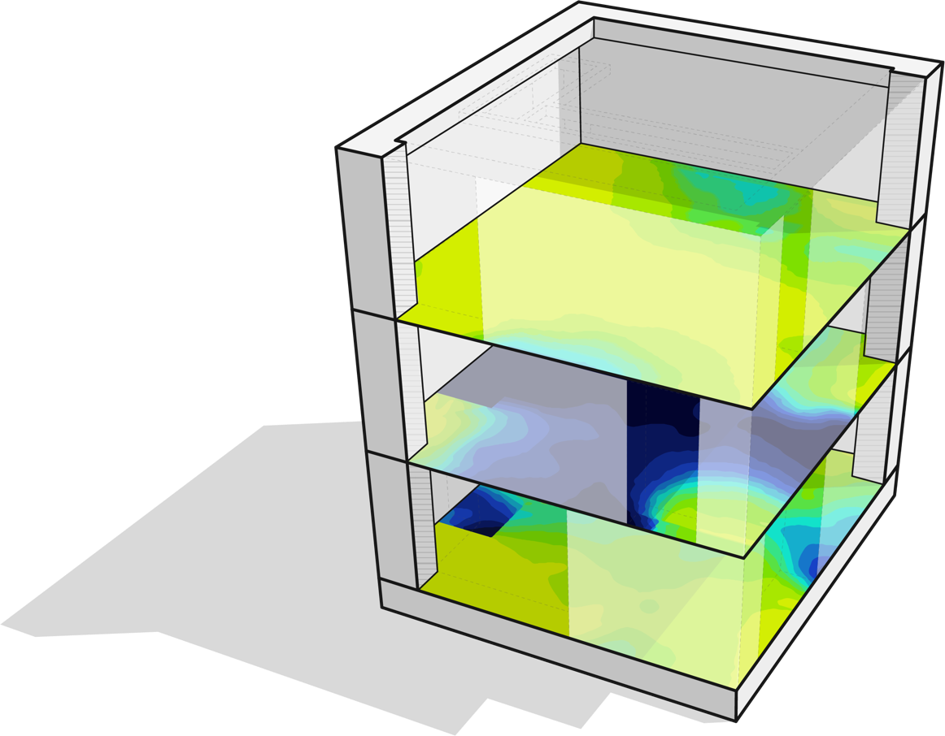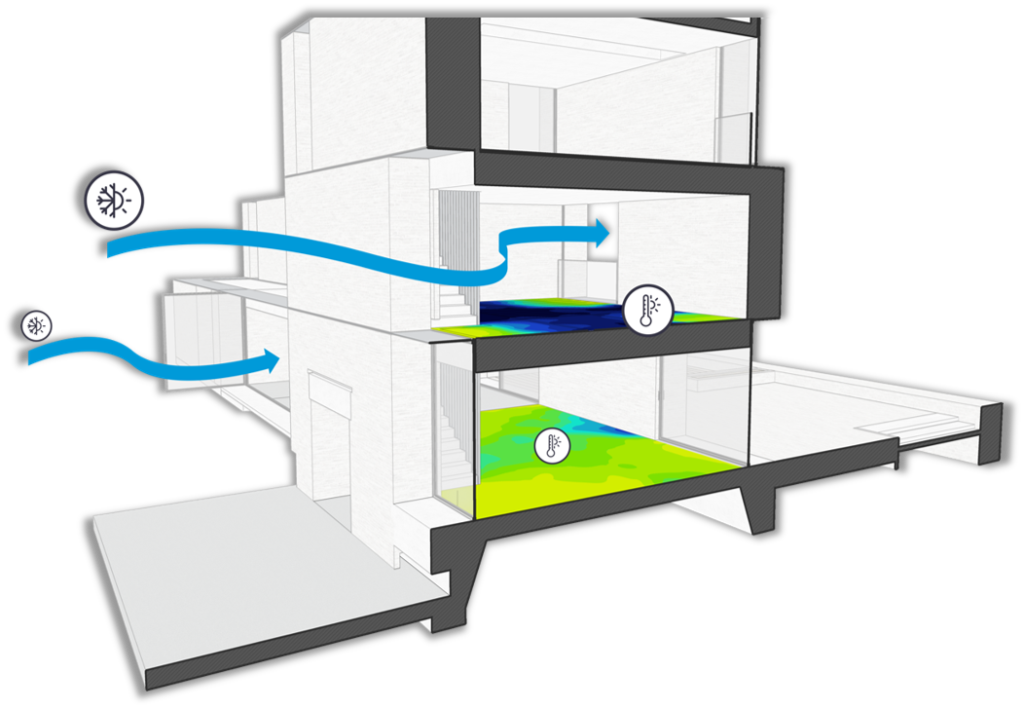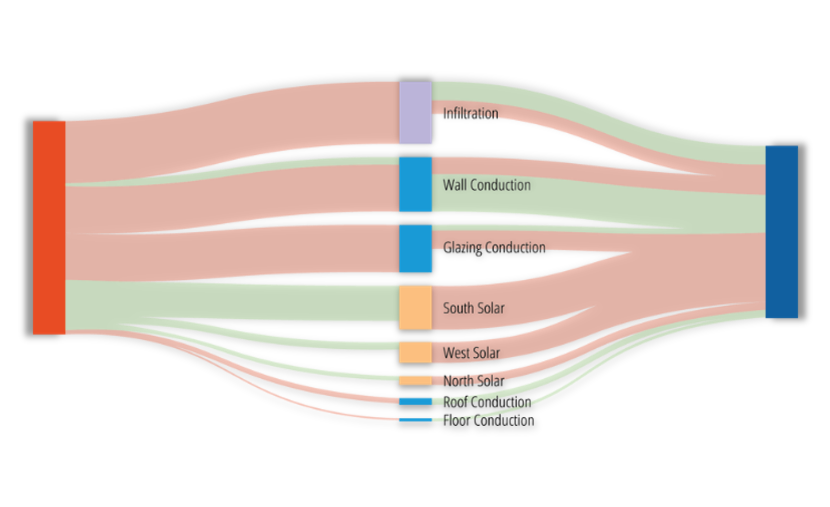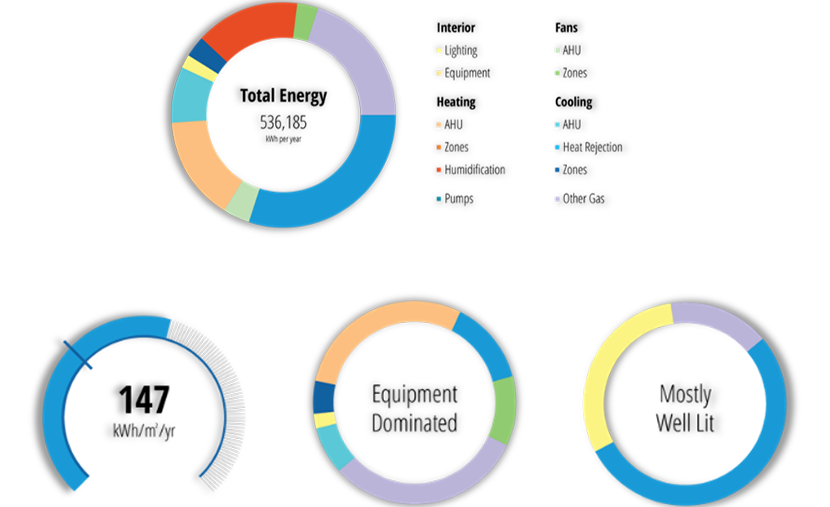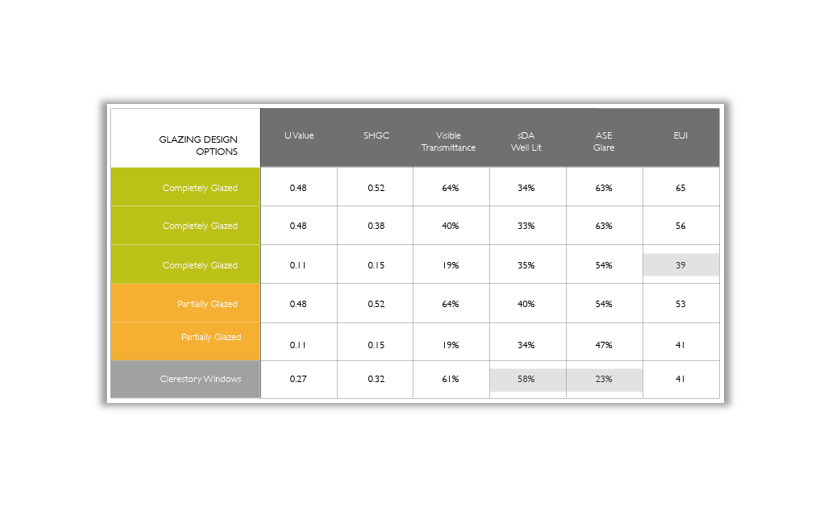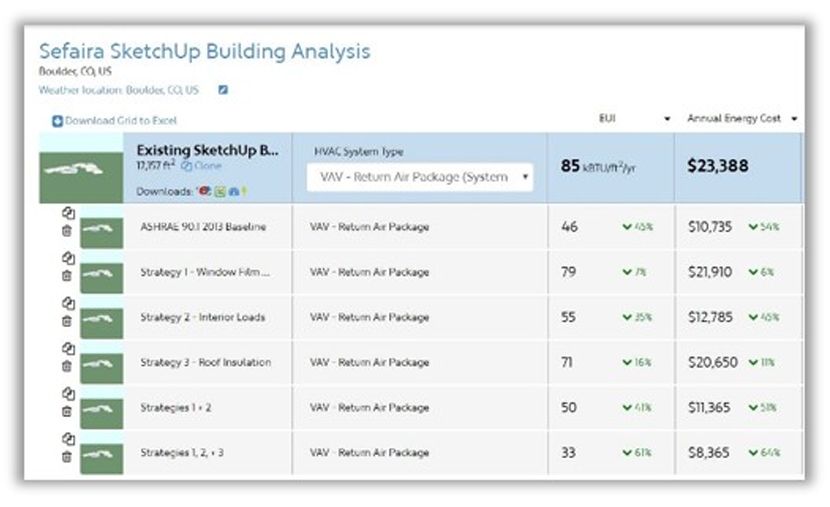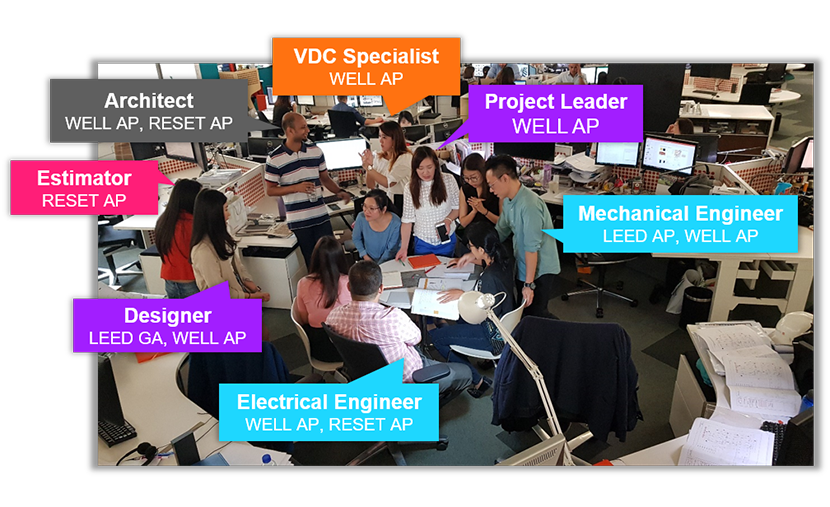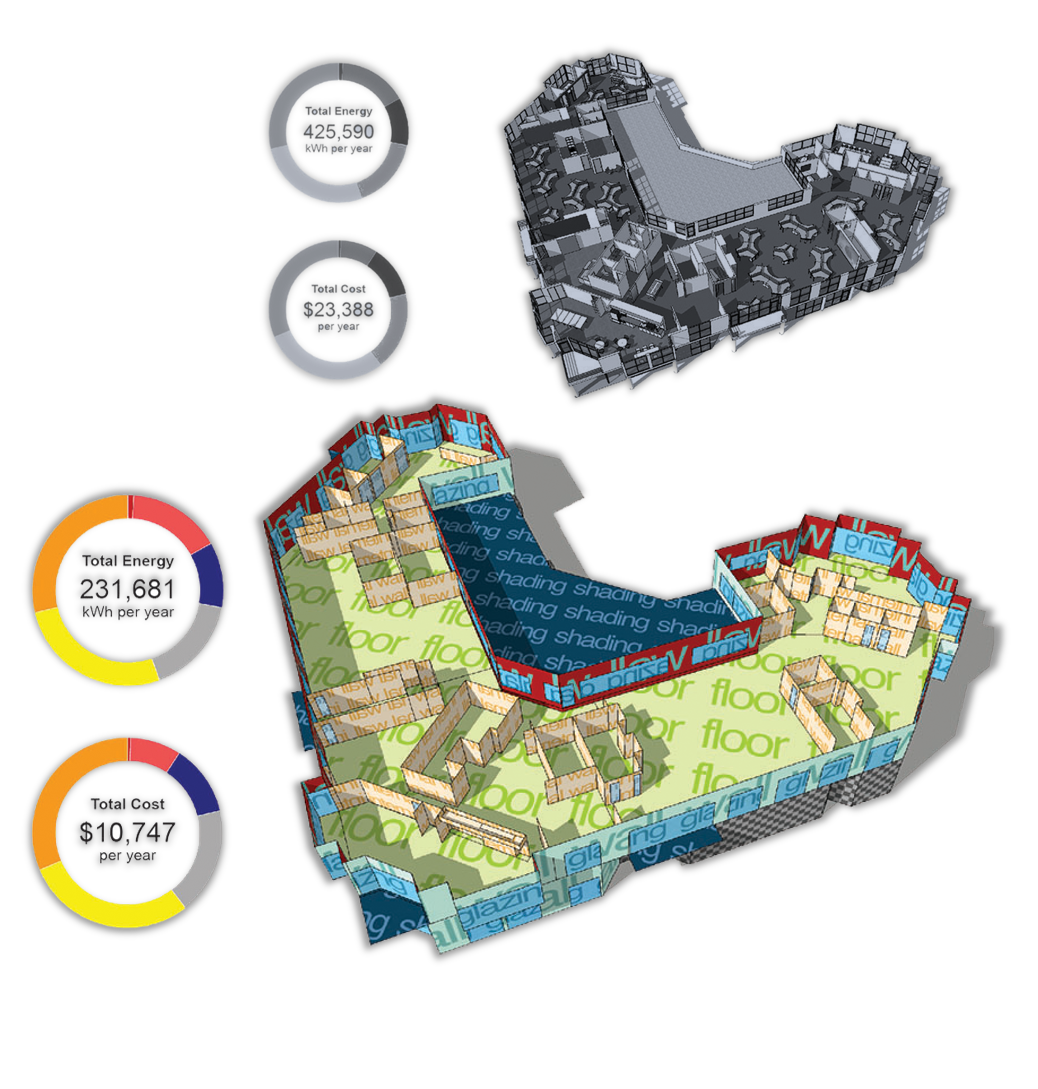Simulation is yet to obtain an official definition in current BIM protocols.
However, the Architecture, Engineering and Construction (AEC) industry nowadays widely accept Simulation as multiple simulations that aid sustainability, wellness, and value engineering aspects of a project.
Simulation mainly focus on Energy, Daylighting, Thermal Comfort, and HVAC Efficiency analysis, to provide solid proofs to help clients in making smart decisions on various aspects for Value Engineering

